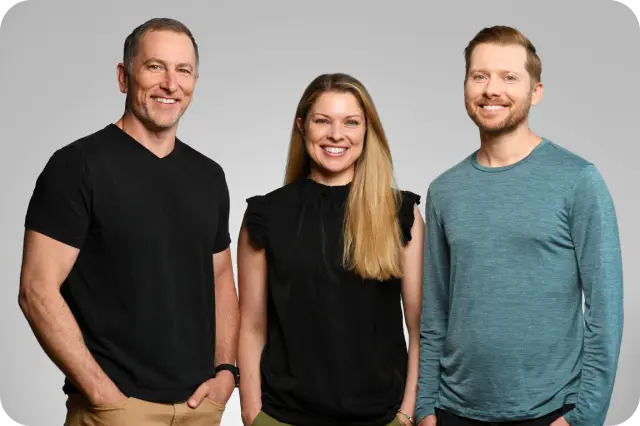Hello and welcome to the Digible Dudes podcast. In today’s episode, David and Reid have two guest speakers, Victor Dozal, who is a Director Of Engineering at Digible, and Ricardo Roman, a Senior Software Engineer at Digible, Inc. Throughout today’s episode, Victor and Ricardo share their valuable thoughts about the philosophy we follow at Digible to brainstorm ideas that drive our innovative solutions. Here, the two guest speakers will share their experience and knowledge on ‘The Walt Disney Method.’
[13.09] Introduction on ‘How Digible Engineers Brainstorm.’- There is no right or wrong in brainstorming. We kick off the discussion by talking about the purpose of brainstorming and how to familiarize yourself with the target user base?
[20.23] A quick introduction on The Walt Disney Method.’ – The Walt Disney Method is a philosophy we have been following at Digible for quite some time. They mainly talk about what it is and how to implement the concept.
[23.08] Why is The Walt Disney Method critical? – Software Engineers try Walt Disney’s method to create ideas for animated films.
[24.52] How does Digible use it? – How the Digible team has built their unique flavor of the Wale Disney Method.
[28.07] An Explanation on The Digible Brainstorming Steps – creative brainstorming to help turn dreams into applicable projects.
[33. 35] Step 0: Preparation- The Walt Disney Method is built on the interplay of three roles; the dreamer (visionary, idea supplier), the realist (maker), plus the critic (quality manager). We talk about the contribution from each role for the concept.
[40.37] Step 1: Introduction – We talk about concretizing goals and visions, and the way we elaborate concepts and ideas.
[44.20] Step 2: We are all dreamers – We talk about the visionary. The concept of out-of-the-box thinking and looking at the whole picture, and how a dreamer is not hindered by strait-jacketing but is creative and imaginative and sees limitless opportunities.
[27.01] Step 3: Organize the chaos – In this step, we classify the ideas into groups. Participants pool all the sticky notes to one corner of the board. Then, each participant takes turns pulling a sticky and place the idea in a “bucket” or group by asking a simple question:
Does this sticky note fit into an existing group, or do we create a new one?
[01.03.30] Step 4: We are all realists – The realist looks at the practical possibilities to find out whether an idea is really feasible. We talk about how this happens and the way a realist looks at aspects such as the available amount of means and time.
[01.06.59] Step 5 – We are all Critics – We talk about the concept of a logician who looks for contradictions and how it helps the brainstorming process.
[01.11.12] Post-brainstorming – After the session, when all are ready to begin our work, it is important to note what happens to all the work we did for the brainstorming session, including our discarded ideas. After each step of the brainstorm, we create a copy of the board and save it as another sheet in Google Jamboard. This helps them keep a history of each step in case they need to revisit past ideas.
[01.19.39] Final Thoughts – Software Engineering may seem like it has nothing in common with making animated films. But it does: it requires enormous amounts of creativity. This method of brainstorming helps keep those creative juices flowing and create ideas. These ideas started Digible, made it grow, and will continue to power it for a long time.








